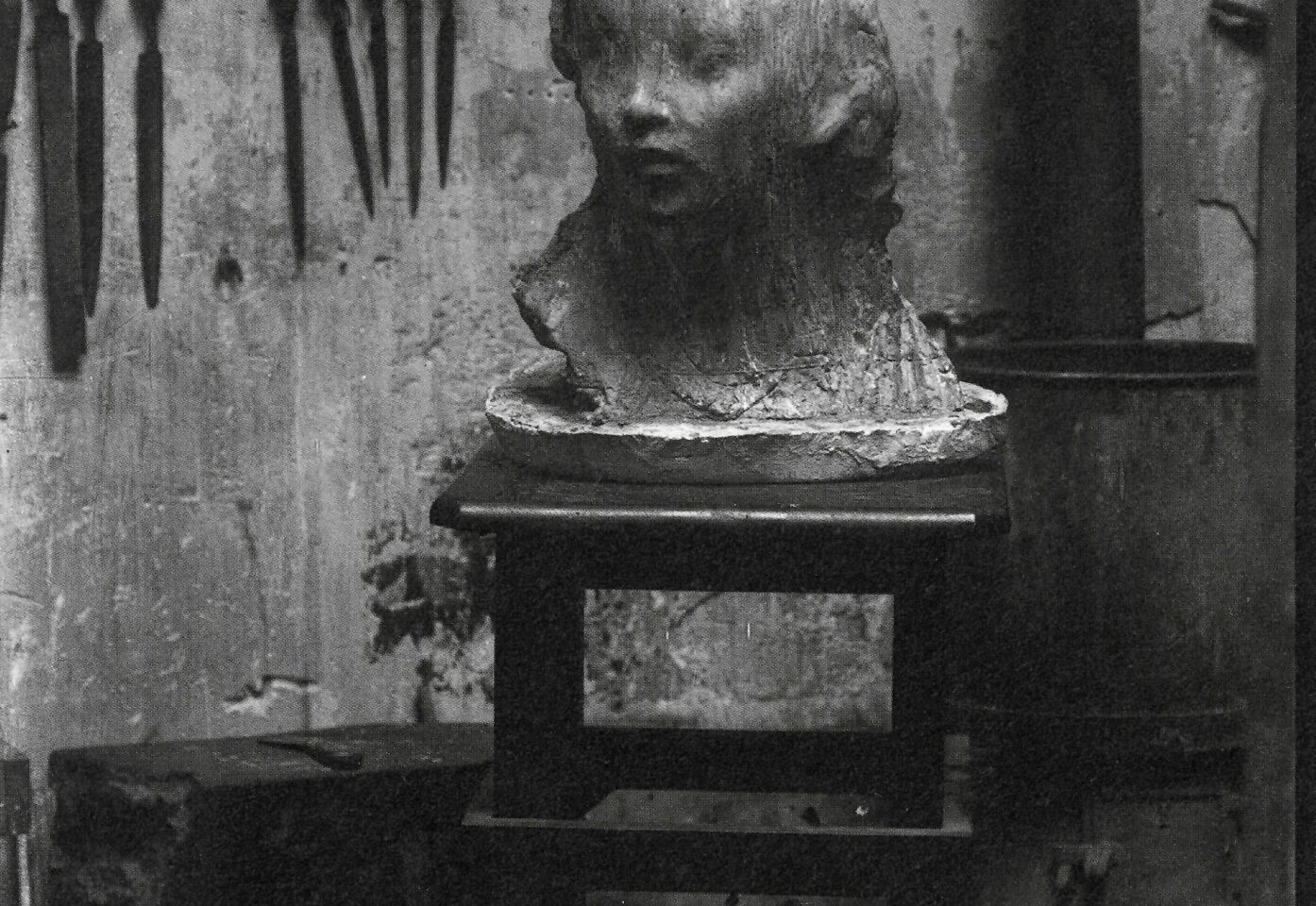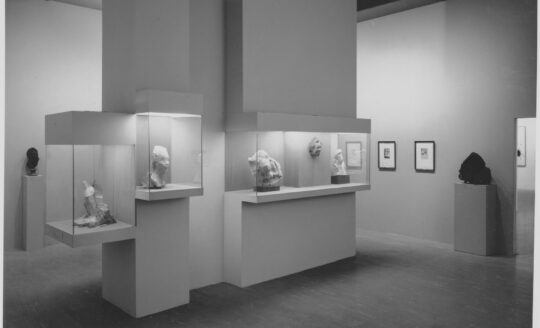
1963, “An Exhuming Job:” Medardo Rosso, Margaret Scolari Barr, and the MoMA Exhibition*†
The article revolves around the rediscovery of Medardo Rosso in the United States in the early 1960s, with a special focus on the scholarship of Margaret Scolari Barr and the exhibition organized by Peter Selz at the Museum of Modern Art in New York in 1963. Scolari Barr was thoroughly committed to the reappraisal of Rosso’s art as a pioneering model of modernism, thus positioning the Italian sculptor in the lineage of Western modern and contemporary art. By analyzing her contributions on Rosso—primarily the monograph published in 1963—I aim to demonstrate that Scolari Barr was a scholar and a critic in her own right, who asserted her critical voice through the study on the artist. The book was supported by the organization of a retrospective exhibition at the Museum of Modern Art, which is reconstructed in the appendix of the article, with as much information as I have been able to find thus far. The relevance of the exhibition lies in the possibility to investigate the early fortune of Rosso in the American art market and evaluate how the appreciation of his art fit within the taste of major collectors and museums overseas. The double initiative of Scolari Barr’s book and the MoMA exhibition marks a watershed moment in informing the international reception of Medardo Rosso and defining his legacy.

Appendix: 1963, “An Exhuming Job:” Medardo Rosso, Margaret Scolari Barr, and the MoMA Exhibition
A detailed reconstruction of Medardo Rosso (1858-1928) (curated by Peter Selz, New York, The Museum of Modern Art, October 2 – November 23, 1963), with a description of every work included within the exhibition.
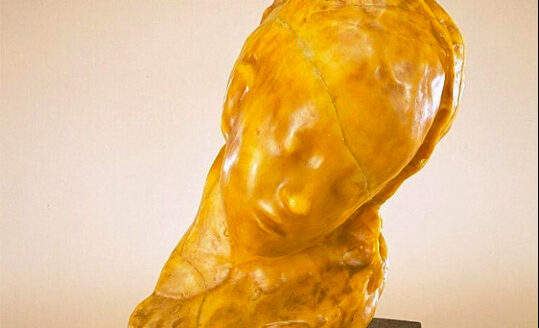
New York 1959: Medardo Rosso at the Peridot Gallery
This article explores the circumstances that surrounded the first solo exhibition dedicated to Medardo Rosso in the United States, organized in 1959 by New York’s Peridot Gallery. After surveying the fortune of modern and contemporary Italian art in the US during the early years after World War II, the author illustrates how Rosso’s critical and commercial fortune stemmed from a complex interplay between commercial dealers, galleries, and museum professionals. All of these actors managed to establish Rosso as a forerunner of more recent Italian artists, such as the Futurists.
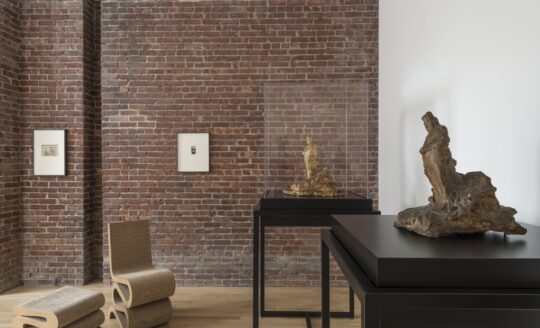
Medardo Rosso’s Life-Size Works
The article examines Medardo Rosso’s life-size work and its relationship to photography. Given that most works of such dimensions were lost or destroyed, Rosso’s photographs prove essential not only for the study of the works themselves, but also for unpacking the artist’s creative process and approach to his subjects. The impetus behind this study was the installation of the 2014-2015 Medardo Rosso exhibition at the Center for Italian Modern Art (New York), when the cohabitation of sculptures, drawings and photographs presented both a curatorial challenge and new insights into Rosso’s practice.
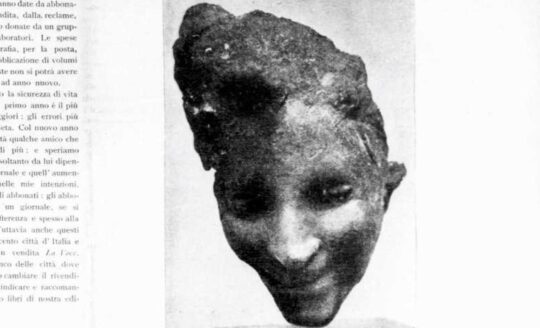
The Modern Way: Rosso, Soffici, Boccioni
While scholars have reassessed Medardo Rosso’s position within the canon of modern sculpture, and experts are aware of the role played by Ardengo Soffici in his early reception, understandings of Rosso’s impact on Italian modernism and Futurist aesthetics are still sketchy. This essay aims to clarify the importance that Rosso’s work had on the development of Umberto Boccioni’s theories of art and on his sculptural production, and the problematic role that Soffici’s own understanding of Rosso played in the definition of Futurist aesthetics. In particular, the author analyzes Rosso’s, Soffici’s and Boccioni’s divergent codifications of central conceptual terms, such as atmosphere. Furthermore, the author examines in detail a number of sculptures (Rosso’s The End and The Church Janitor, Boccioni’s Fusion of a Head and a Window, Antigrazioso, and Head+House+Light) to illustrate the distance between Rosso’s and Boccioni’s approaches to vision, spatial representation, and the incorporation of reality in sculpture.

